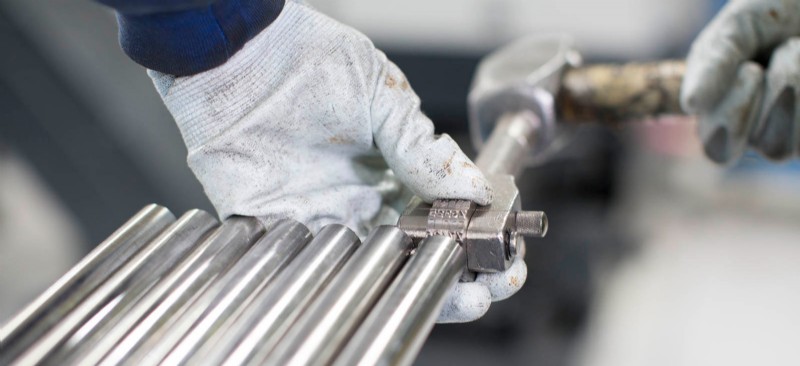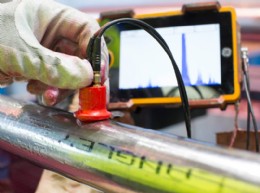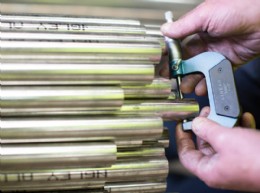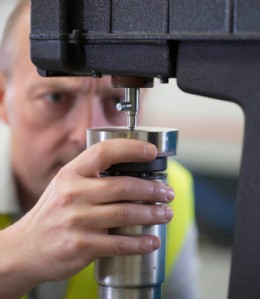Corrosion resistant alloys from Langley Alloys




To be classified as a stainless steel, an alloy needs to contain at least 11.5% chromium. As the chromium content increases, so usually does the level of corrosion resistance. However, only increasing the chromium content will create poor mechanical properties and difficulties in fabrication.
Super duplex stainless steels (SDSS) inhabit a sweet-spot of performance and price. With a strength well beyond standard 3xx stainless steels, and pitting corrosion resistance commensurate with many more expensive nickel alloys, they are widely used in aggressive applications.
Valves, pumps and other flow control components manufactured using super duplex stainless steels may find application in the following end uses:
a) Oil & Gas – perhaps the most common application, particularly as super duplex alloys were invented largely with valve and pump bodies in mind, at a time when the North Sea was coming on stream. These alloys are included in NACE MR1075 / EN15156- 3 as being suitable for use in H2S-containing environments i.e. sour service.
b) Chemical Process Industry – a large number of processes will utilise sulphuric acid, nitric acid and phosphoric acid, such as in the production of PP, PVC, TiOx, dyes and agrochemicals. Fortunately, SDSS are generally resistant to reducing acids, as well as offering good abrasion and wear resistance.
c) Pollution Control Scrubbers – this has been a successful application for. These grades strongly resist corrosion in such environments; seawater is frequently used as a coolant, and acids such as sulphuric acid are formed from the emissions of the burnt fuel.
d) Water Treatment – associated applications such as sewage treatment, desalination and swimming pools all use SDSS to resist the threat of corrosion from seawater, contaminated or brackish solutions.
e) Paper & Pulp – most components throughout the production processes of pulp and paper can make use of super duplex alloys. Duplex and lean duplex grades are typically specified where possible on grounds of cost, but SDSS will be used in areas of greatest risk of failure.
f) Vegetable Processing – a less obvious application has been in the construction of equipment for processing grains and vegetables, The severe wear and corrosion (‘erosion corrosion’) conditions involved in sugar cane processing have been wellserved in Ferralium 255.
g) Marine Applications – although Alloy 316L is sometimes described as a ‘marine grade alloy’, continued exposure to seawater really demands the corrosion resistance of a SDSS in order to provide long-term performance.
Langley Alloys stocks a comprehensive range of super duplex stainless steels as solid bars Ferralium 255 (UNS S32550, 1.4507) – from ½″ to 14″ diameter
Alloy 32750 (SAF2507, 1.4410, UNS S32760) – from ½″ to 16″ diameter
Alloy 32760 (1.4501, UNS S32760, Zeron 100) – from ½″ to 16″ diameter
Alloy 2205 (1.4462, UNS S32205, Sanmac 2205) – from ½″ to 16″ diameter
Tel: 01782 610250
Email: sales@langleyalloys.com
Web: www.langleyalloys.com

| Telephone: | 01782 610250 |
| Email: | sales@langleyalloys.com |
| Website: | www.langleyalloys.com |
| More information on the Langley Alloys Limited BVAA Member Directory Page |
Search related articles: Langley Alloys LimitedIssue 52Materials







-web.jpg)





